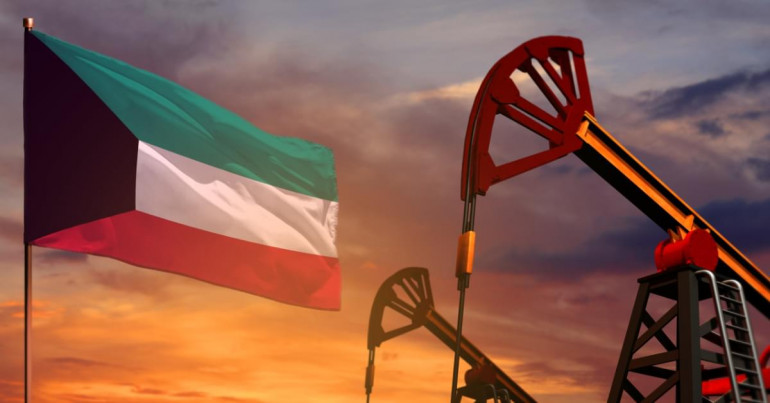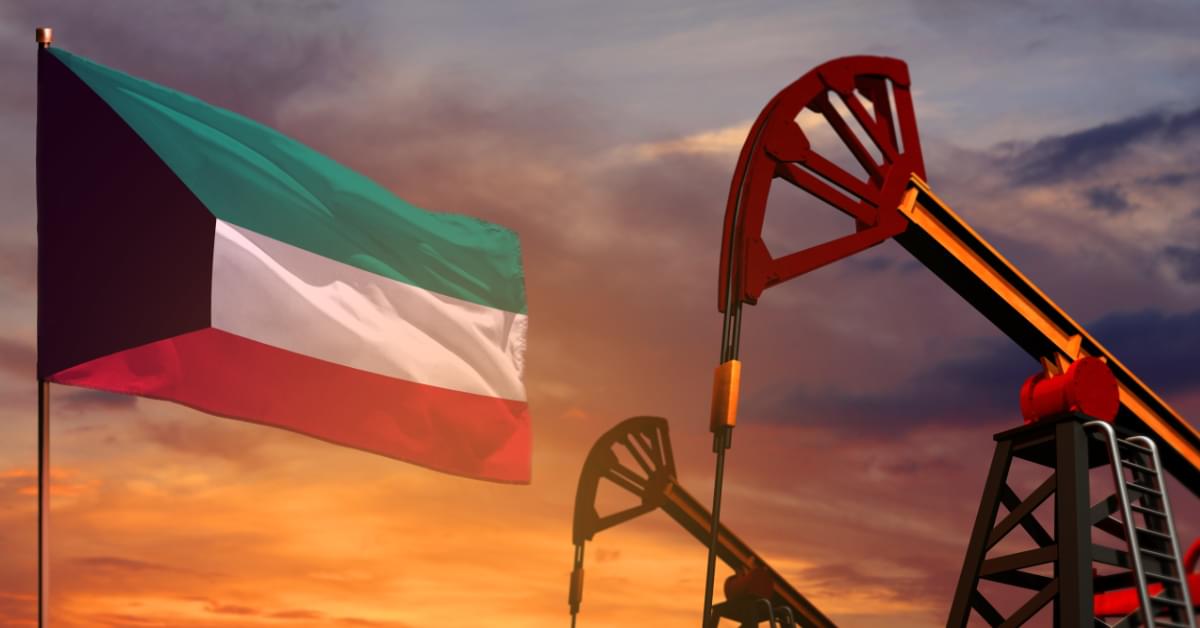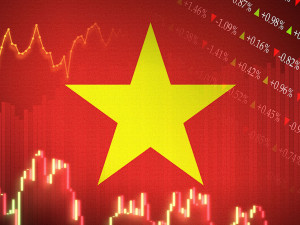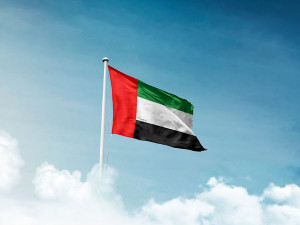
While Kuwait is known by many as a tiny country in the Gulf rich in oil and other hydrocarbons, few people know that Kuwait also has the strongest currency in the world, the Kuwaiti Dinar. We’re going to look into details about the economy of Kuwait and other factors which are contributing to the success of this small but wealthy Gulf country.

History of the Kuwaiti Dinar
Kuwait’s currency, the Kuwaiti Dinar, was first issued in 1961, replacing the Gulf rupee, which was pegged to the British Pound.
Pre-1961: The Gulf Rupee
Before 1961, when the Sheikhdom of Kuwait was still a British protectorate, the official currency was the Gulf Rupee, which was equivalent to the Indian Rupee. After the country’s independence, the Dinar was initially set as equivalent to the British Pound Sterling, resulting in a conversion rate of 13⅓ Rupees to the Dinar.
1990: Gulf War period
When Iraq invaded Kuwait in 1990, the Iraqi Dinar briefly replaced the Kuwaiti Dinar as the country’s currency. However, after the intervention of the United States, the Kuwaiti Dinar was reinstated.
Development of value over time
The Dinar is one of the few currencies which managed to retain its value compared to the US dollar since the 1960s. It started off as equivalent to one Pound Sterling in 1961, implying its value was equivalent to 2.80 USD when first issued. Since then, it has even increased its value versus the US dollar after being pegged to a currency basket in 2007. As a result, it has been the world’s highest-valued currency unit since 2007, when the peg commenced. On the flip side, the British Pound has lost nearly two-thirds of its value vs the US dollar since the 1960s.
Factors contributing to the strength of the Kuwaiti Dinar
The strength of the Dinar is monitored closely and is currently about 3.25 USD to 1 KWD, making it the strongest currency globally.
Kuwait’s strong export economy
Kuwait has one of the highest GDP per capita in the world. In addition, the country benefits from ongoing low unemployment, and steady economic growth, mainly linked to the state’s hydrocarbon industry. Furthermore, Kuwait also has a very prudent fiscal policy and, compared to other Gulf states, less of a reputation for splashing state funds at aggrandising projects.
Hydrocarbon industry and oil exports
Kuwait is a major exporter of hydrocarbons, primarily crude oil and less so natural gas.
The bulk of exports are destined for Asia and Europe. The cost of production for Kuwait’s oil fields is very low as for most countries located around the gulf, meaning the country is less reliant on high oil prices compared to other oil-exporting economies such as Russia, which tend to have a higher cost of production.
Kuwait’s oil production capacity is above 2.8 million barrels per day. As a major OPEC member, Kuwait’s commitment to oil production quotas has, at times, impacted its potential export revenues. However, its low production costs result in a break-even price of around $40-50 per barrel, providing a buffer against lower oil prices.
Oil wealth
Kuwait’s limited reliance on taxes and lack of public debt due to oil wealth also boosts the Dinar’s appeal. The country’s huge foreign assets and investments held by its sovereign wealth fund provide confidence in the currency as well.
In addition, looking ahead to an oil-free future, Kuwait seems to be well prepared: Not only does it hold approximately 7% of the world’s proven oil reserves, estimated at 101.5 billion barrels, which will be important during the next years of the energy transition. The revenues from oil exports have also enabled the country to establish a sovereign wealth fund worth over $700 billion. This wealth fund invests surplus oil income and generates returns to support government budgets during periods of low oil prices.
Currency peg to a global basket
The government of Kuwait is intentionally keeping the value of the currency high. When compared to the US dollar, the Kuwaiti Dinar has remained in a relatively tight trading range ever since.
The Currency is pegged to an undisclosed weighted basket of other international currencies, dominated by the US dollar but also including other major currencies like the Euro, British Pound and Japanese Yen.
Capital controls
In Kuwait, there are strict regulations on the outflow and inflow of the Kuwaiti dinar, which minimises currency speculation and volatility.

Comparisons with other strong currencies
Not surprisingly, other strong currencies are also found in Gulf countries, which have a similar economic profile to Kuwait. The following currencies are just about tailing the Kuwaiti Dinar in terms of face value:
- Bahraini dinar (BHD) – Around 2.65 USD to 1 BHD
- Omani rial (OMR) – Approximately 2.60 USD to 1 OMR
So while the BHD and OMR are also strong currencies, the KWD maintains a slight edge over them in terms of nominal value.
Are you looking to exchange currency in Gulf countries such as Kuwait or Saudi Arabia? CurrencyTransfer offers a secure means of transferring more than 25 currencies through our network of FCA-regulated payment partners. Sign up today to receive competitive live quotes instantly.
G.C. Wagner
Gustav Christopher is a writer specialising in finance, tech, and sustainability. Over 15 years, he worked in banking, trading and as a FinTech entrepreneur. In addition, he enjoys playing chess, running, and tennis.



